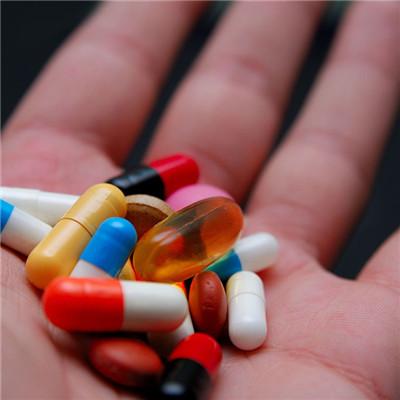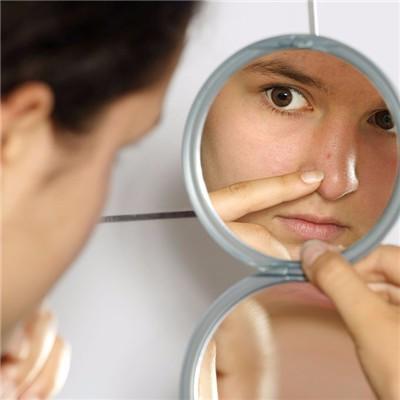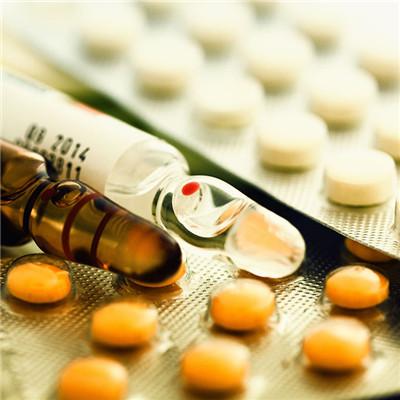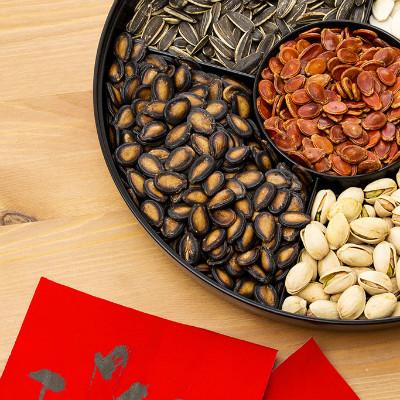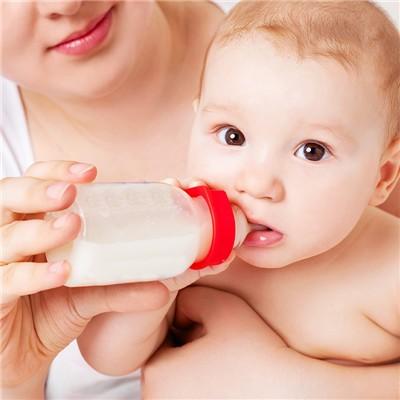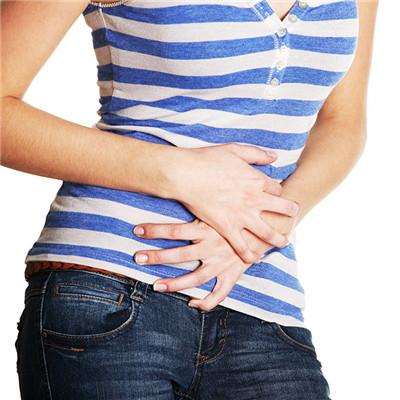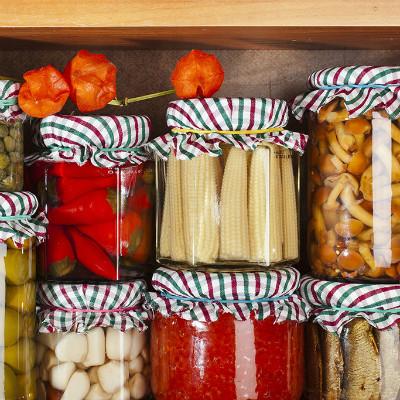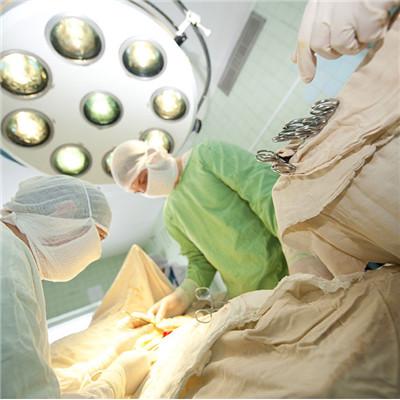How to do after heatstroke
summary
The weather in summer is very hot. If you are exposed to the sun for a long time or do things, you will get heatstroke. Heatstroke often needs to be rescued in time, otherwise it will cause other problems. Now let's talk about what to do after heatstroke.
How to do after heatstroke
First: the early stage of heatstroke is just a little dizzy, fatigue, chest tightness and mild nausea. At this time to cool and ventilated place, drink some salt cold water, rest will often be better. The more serious heatstroke is usually acute, with dizziness and headache, severe weakness, dry mouth, palpitation, nausea and vomiting, and most of them have elevated body temperature.
Second: Patients with severe heatstroke will have general spasm, unconsciousness, coma, and even shock due to high fever, respiratory and circulatory weakness. They should be sent to the hospital in time for rescue. If the person suffering from heatstroke is conscious and has no nausea or vomiting, he can drink cool drinks, tea and mung bean soup with salt to cool down the temperature and replenish the blood volume. Artificial heat dissipation: the electric fan can be used for heat dissipation, but it can't blow directly to the patient to prevent cold.
Third: in case of heatstroke, we should give first aid as soon as possible to avoid collapse and death. First of all, move the patient to a cool place, loosen or take off his clothes, let him lie comfortably, and put his head and shoulders up with things. Second, cover his head with a cold wet towel. If there is a water bag or ice bag, it is better. Soak a sponge in alcohol or a towel in cold water to wipe the body and fan it as cold as possible to lower his temperature to normal.
matters needing attention
Heatstroke is a situation that everyone of us will encounter, so it's good for us to know more about the skills to prevent heatstroke. Try not to be exposed to the sun in hot weather. You can wear a sunshade hat when you go out. If you find anything, you can take timely treatment measures.

